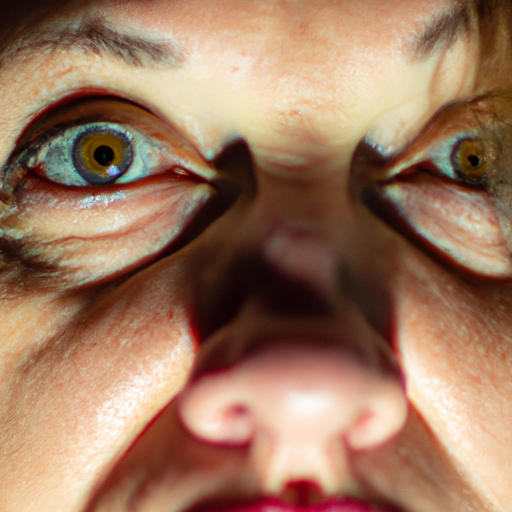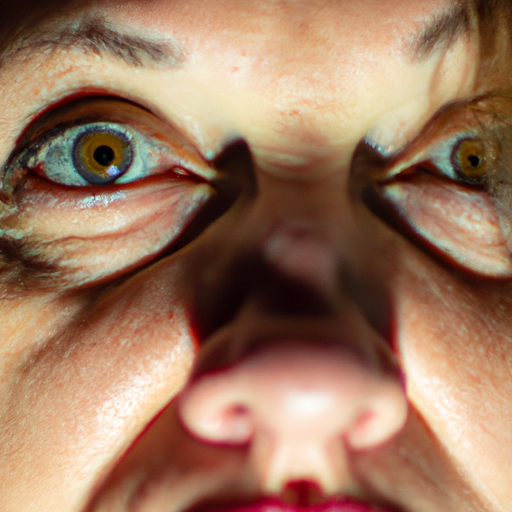As a dermatologist, I have witnessed the increasing demand for anti-aging treatments over the years. The quest for the proverbial fountain of youth is as old as humanity itself, but today’s scientific advancements and innovative technologies have made it possible to slow down, and in some cases, reverse the signs of aging. Let’s take a deep dive into the world of anti-aging treatments.
The process of aging is natural and inevitable. It is characterized by the gradual deterioration of physical and physiological functions, leading to the appearance of wrinkles, fine lines, age spots, and sagging skin. However, several factors such as genetics, lifestyle choices, and environmental conditions can accelerate this process.
Anti-aging treatments aim to slow down the aging process, improve skin health, and enhance overall appearance. They range from topical creams and serums to more invasive procedures such as laser treatments, chemical peels, and injectables.
Topical treatments are often the first line of defense against aging. They include retinoids, antioxidants like Vitamin C and E, and peptides that stimulate collagen production. Retinoids are derivatives of Vitamin A that promote skin cell turnover and collagen synthesis, reducing the appearance of wrinkles and fine lines. Antioxidants combat free radicals that cause oxidative stress and lead to premature aging. Peptides are small proteins that stimulate collagen production, improving skin elasticity and firmness.
For more pronounced signs of aging, dermatologists often recommend treatments like chemical peels, microdermabrasion, and laser resurfacing. Chemical peels involve applying a solution to the skin that causes it to exfoliate and eventually peel off, revealing smoother and less wrinkled skin underneath. Microdermabrasion uses tiny crystals to remove the outermost layer of dead skin cells, promoting the growth of new, healthier skin. Laser resurfacing uses concentrated light beams to remove damaged skin cells layer by layer.
Injectables such as Botox and dermal fillers are also popular anti-aging treatments. Botox works by blocking nerve signals in the muscles where it is injected, reducing the appearance of lines and wrinkles. Dermal fillers, on the other hand, add volume to the skin, smoothing out wrinkles and folds.
It’s important to note that while these treatments can significantly improve skin appearance, they do not stop the aging process. A holistic approach to anti-aging should include a healthy diet, regular exercise, adequate sleep, and sun protection. These lifestyle choices can significantly slow down the aging process and improve overall health.
Moreover, it’s crucial to consult with a board-certified dermatologist before starting any anti-aging treatment. They can provide personalized advice based on your skin type, lifestyle, and specific concerns.
In conclusion, while we may not have discovered the fountain of youth just yet, modern anti-aging treatments offer promising results in slowing down and reversing the signs of aging. As dermatologists, our goal is not only to help you look younger but also to ensure your skin remains healthy and vibrant at every stage of life.




